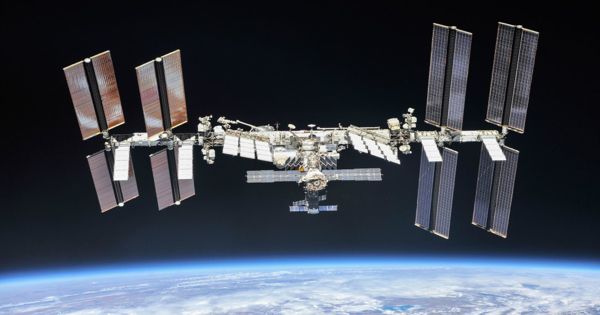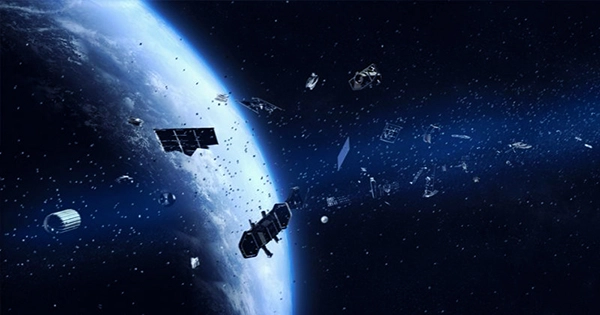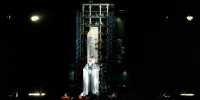Elon Musk appears to be on the verge of realizing his dream of sending something to the Moon, albeit not in the way he had envisioned. A Falcon 9 booster rocket, which has been in a tumultuous orbit since its launch in 2015, made a close pass to the Moon lately and is now expected to impact in March. Unfortunately, we will not be able to see the event from Earth. The National Oceanic and Atmospheric Administration’s (NOAA) Deep Space Climate Observatory was launched into orbit at L1 in February 2015, on the opposite side of the Earth from the JWST’s L2.
Despite the success of the launch, the rocket’s second stage became yet another piece of space junk, albeit one that was particularly enormous at 4 tons (4.4 tons). Its orbit was too high for friction with the atmosphere’s outermost reaches to pull the rocket down, but not high, enough completely escape the Earth’s gravity well. The rocket’s initial momentum, along with the gravitational influences of the Earth, Sun, and Moon, resulted in a chaotic orbit that could not be predicted in the end.

Short-term projections are still possible, and Bill Gray, an expert on near-Earth objects, is optimistic about the rocket’s prospects. Gray writes on his blog, with the help of amateur astronomers who discovered it during near approaches: “With all the data, we’ve got a certain impact at 2022 March 4 12:25:39.” Gray has estimated the expected crash landing location on the moon: “latitude +4.93, east longitude 233.20.” Given the uncertainty in the rocket’s current position and the complexity of the forces it is facing, he concedes he could be slightly off on the location. Gray believes that even if he is off by a few degrees, the rocket will not miss the Moon totally and will be able to continue its voyage.
The fact that the impact will occur on the Moon’s far side is the most important aspect of Gray’s prediction. Telescopes on Earth (1.6 miles per hour) will miss the explosion of lunar material emitted by the rocket’s impact at the estimated speed of 2.6 kilometers per second. The Lunar Reconnaissance Orbiter and Chandrayaan-2, on the other hand, maybe in a better position. With luck, one or both of them will be able to see the impact. If that fails, locating the crater later is more likely. Gray is doing everything he can to help by narrowing down the landing place as much as possible.
The biggest obstacle, according to Gray, is uncertainty in the way sunlight is acting on the rocket, rather than the rocket’s actual position or gravitational pull. The light “doesn’t merely push outward; it bounces “sideways” as well.” “The object is a long, slow-spinning cylinder,” writes Gray. “These unpredictably tiny effects are quite rare.” However, they will accumulate between now and March 4, 2022.” The complexity of the problem is revealed in videos of the rocket’s tumbling motion, but Gray expects an observing window from February 7 to 10 to increase precision.
No one knows if there have been any past incidents of inadvertent human-made items colliding with the Moon. Although the thought of fining SpaceX for littering, as the town of Esperance did to NASA after bits of Skylab crashed on them, has its appeal, the landing could be scientifically beneficial. Unlike the Lunar Crater Observation and Sensing Satellite’s impact at the Lunar South Pole, the impact is not likely to be in a very interesting area, but the magnitude of the crater, and spectrum analysis of ejecta if we see it, could still tell us something about the site’s composition.














